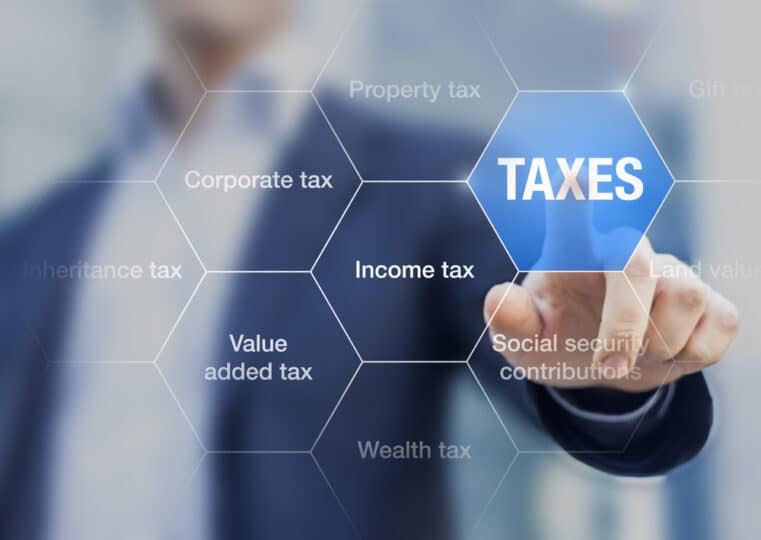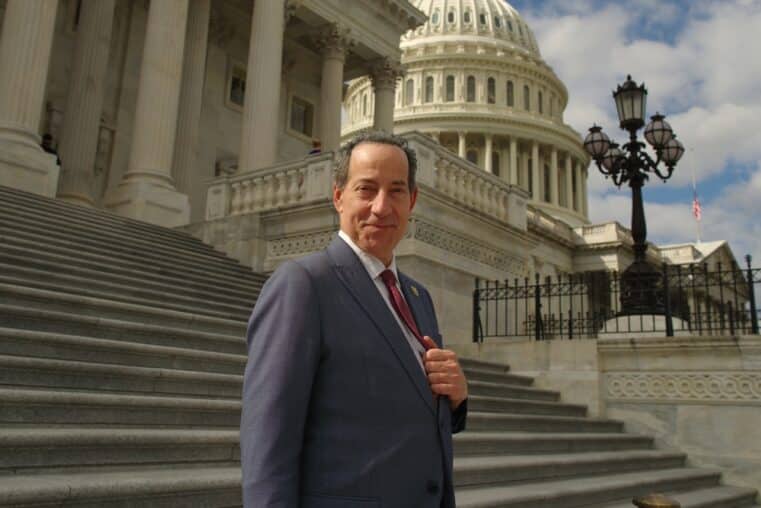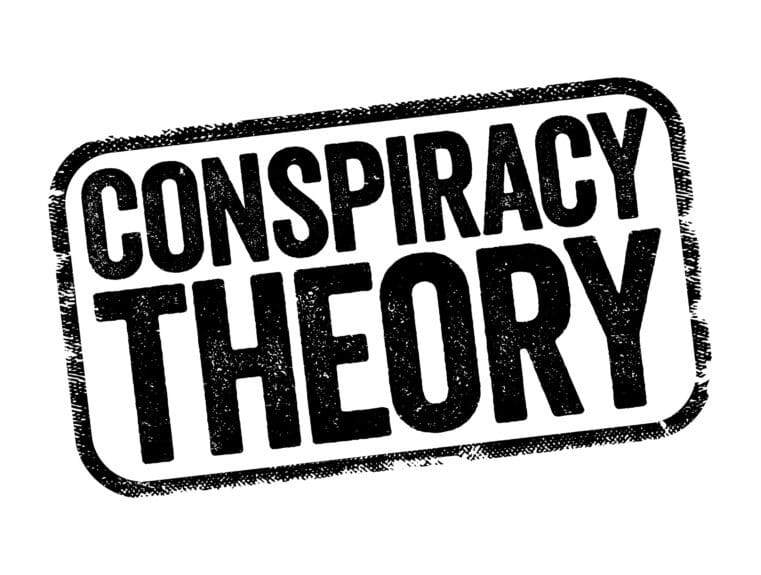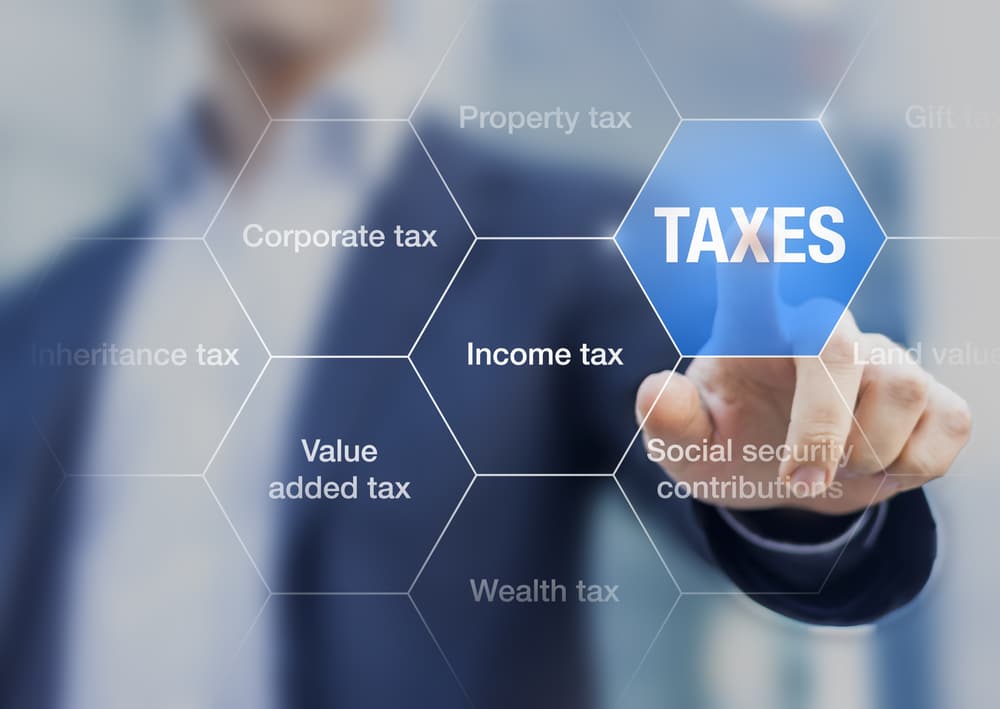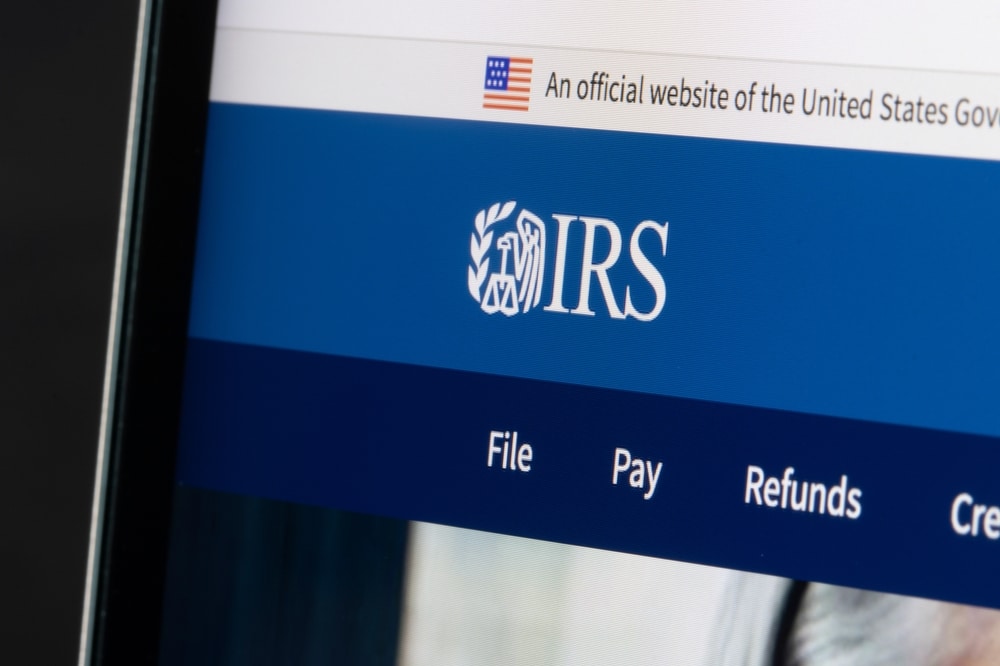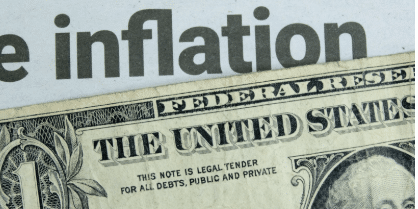
The Fed Has Stopped Pretending: Inflation Is Here to Stay, and They Know It
At its September 2024 meeting, the Federal Reserve's Federal Open Market Committee (FOMC) cut the federal funds rate by 50 basis points—a significant move historically. Their justification? The Committee claimed it had "gained greater confidence that inflation is moving sustainably toward 2 percent." In other words: Trust us. We've got this under control.
Then they cut rates again in November. And again in December. Each time, they parroted the same line: Inflation was supposedly on track to hit their 2 percent target. They expected us to accept this without question.
But in January, the Fed abruptly paused rate cuts and removed previous language about inflation "progress" from their official statement. Jerome Powell, the Fed's chairman, awkwardly assured the public that "Inflation has moved much closer to our 2 percent longer-run goal." Notice the shift? No more "progress," no more certainty—just a weak attempt to spin the failure.
So, what changed? Simple: The facade was becoming too obvious to maintain.
The Numbers Don't Lie (But the Fed Does)
The government's own numbers reveal that inflation is anything but under control. The Fed's preferred measure—PCE inflation—spiked to 2.6 percent in December, its highest in eight months. The Consumer Price Index (CPI) hit 3.0 percent in January, marking a nine-month high. Month-over-month price growth jumped to an 18-month high. That's the official story—meaning reality is almost certainly worse.
And it's not just numbers on a spreadsheet. Americans are feeling it where it hurts. January's CPI report showed:
- Food prices up 2.5%
- Energy services up 2.5%
- Shelter costs up 4.4%
- Services up 4.3%
Wholesale prices are rising too, meaning consumers will see no relief in the months ahead. The Producer Price Index (PPI) surged to a two-year high of 3.5%. Even mainstream media outlets reluctantly admitted that rising wholesale prices mean "continued consumer price inflation through the middle of the year." Translation: Brace for impact.
The Fed's optimistic summer 2024 forecasts weren't just wrong—they were outright fabrications designed to soothe the masses while they pulled the levers of monetary manipulation.
Trump's Strategic Dollar Devaluation
While the Fed's incompetence has exacerbated inflation, President Trump is actively pursuing a strategy to devalue the U.S. dollar. The rationale? Making American exports cheaper on the global market to reduce trade deficits and bolster domestic manufacturing.
However, this approach is a double-edged sword. A weaker dollar can lead to:
- Increased Inflation: As the dollar's value declines, import prices rise, leading to higher costs for consumers on everyday goods.
- Eroded Savings: The purchasing power of savings diminishes, meaning your hard-earned money buys less than it did before.
While the intention is to strengthen the American economy, the immediate impact on consumers can be detrimental. It's a high-stakes gamble with your financial well-being on the line.
Protecting Yourself Against Dollar Devaluation
In light of these developments, it's imperative to take proactive steps to safeguard your assets:
- Diversify Investments: Consider assets that traditionally hedge against inflation, such as precious metals or real estate.
- Stay Informed: Keep abreast of economic policies and understand how they impact your financial health.
- Consult Financial Experts: Seek advice tailored to your personal situation to navigate these turbulent economic times.
Want to protect yourself from the coming financial storm? Download "Seven Steps to Protect Yourself from Bank Failure" by Bill Brocius now.



